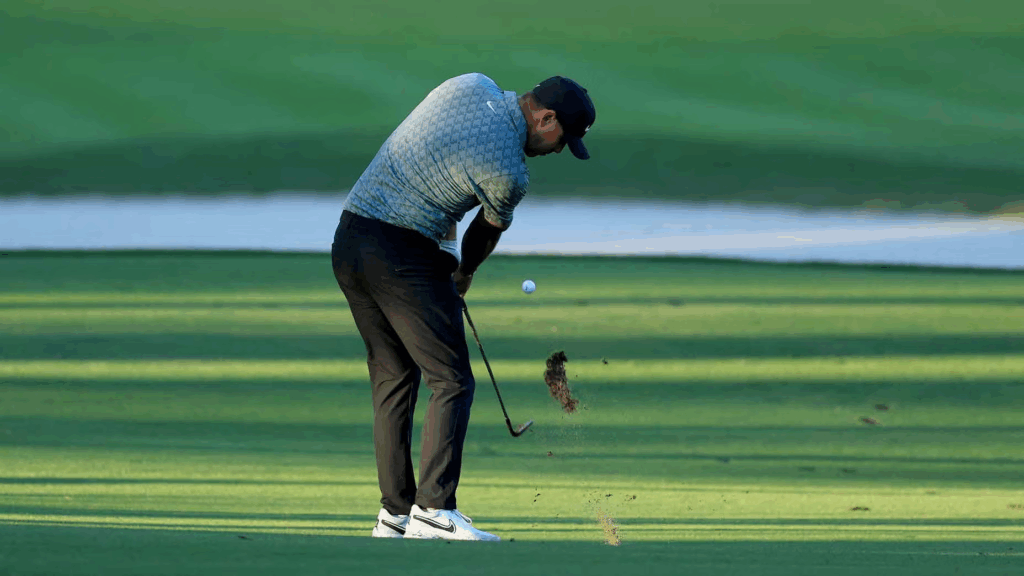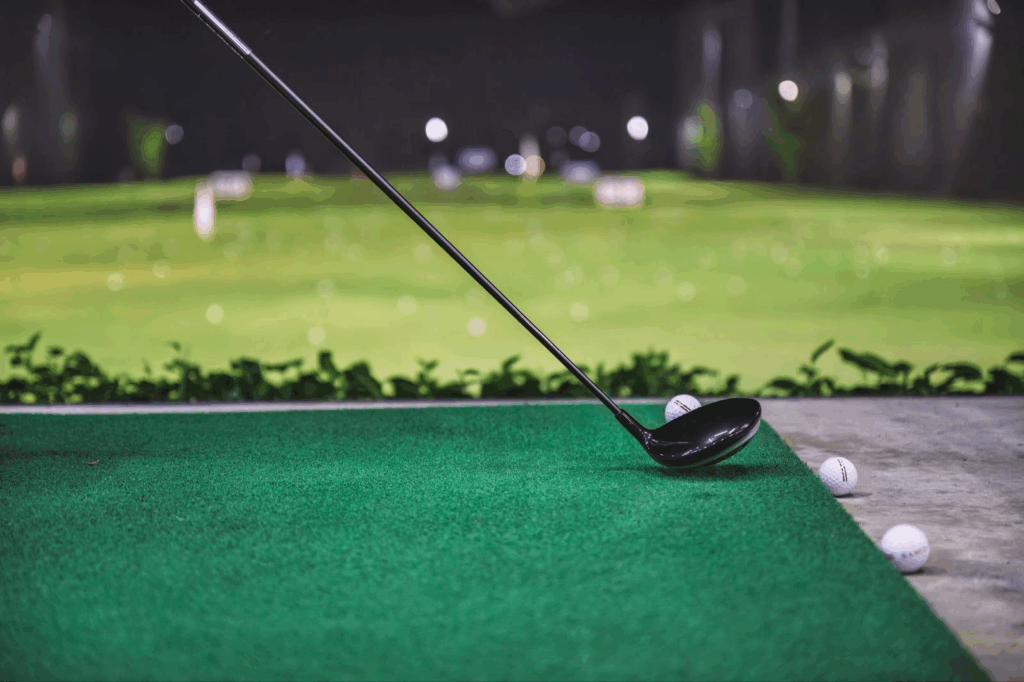One of the fastest ways to lower your golf scores is simple in theory but tricky in practice: hit more greens in regulation (GIR). Every time you give yourself a birdie look or at least a straightforward two-putt par, you take pressure off your short game and avoid scrambling from trouble. Whether you’re a new golfer trying to break 100 or a seasoned player chasing single digits, learning to find more putting surfaces is a key step forward.
Here’s how to make it happen.
Start With Smarter Targets

Many golfers aim directly at the flagstick, but this isn’t always the smartest play. Most PGA Tour pros don’t even aim at pins unless the situation is perfect. Instead, they play to the “fat side” of the green; a larger, safer area that reduces the chance of missing short-sided.
- Example: If the pin is tucked left near a bunker, aim for the middle or slightly right. A 20-foot birdie putt is far better than a delicate sand shot.
- Rule of Thumb: When in doubt, aim for the middle. You’ll almost always leave yourself a makeable two-putt.
Club Up More Often Than You Think
One of the most common mistakes amateurs make is not taking enough club. It’s tempting to assume your 7-iron always goes 160 yards, but in reality, that’s your best shot, not your average. Tour stats show that the majority of amateur approach shots finish short of the target. Clubbing up is an easy fix.
- Take an extra club, especially into the wind or to a back pin.
- Remember: a ball hit pin-high and short leaves a tougher chip than one safely on the green past the hole.
Focus on Solid Contact, Not Just Distance

You don’t need to hit it like a tour pro to find greens, you just need reliable contact. Thin shots, heavy shots, and slices all reduce accuracy.
- Check your setup: ball position too far back or forward can cause inconsistency.
- Find your tempo: a controlled, balanced swing is far more likely to produce a green-finder than a max effort, grip it and rip it swing.
- Practice drill: on the range, aim for the front edge of a green-sized target. You’ll groove the habit of solid contact and distance control.
Dial In Your Wedge Game

Not every approach comes from 150+ yards. In fact, a lot of birdie chances are created from inside 100. Being confident with your wedges means you’ll convert more short approaches into GIR.
- Learn three stock yardages with each wedge (half swing, three-quarter, full).
- On the course, commit to a number rather than guessing by feel.
- Practice distance control by hitting to specific markers or flags on the range.
The more predictable your wedge game, the easier it is to turn missed fairways or layups into green-hitting opportunities.
Play to Your Shot Shape
Fighting your natural ball flight makes hitting greens harder. Instead, learn your tendencies and work with them.
- If you fade the ball, aim slightly left of your target.
- If you draw it, give yourself room to turn it in.
- Don’t chase a “perfect” shot you can’t reliably hit. Consistency beats creativity when it comes to GIR.
Manage Expectations and Stay Disciplined
Even top players miss greens, so don’t expect perfection. The goal is to miss in the right spots and gradually improve your percentage.
- Track your GIR stat after every round.
- Check for trends: Are you always short? Missing left? Pulling under pressure?
- Adjust your strategy based on tendencies rather than guessing.
Golf is as much about minimizing mistakes as it is about hitting great shots. A safe shot to the center that finds the green is worth more than one hero attempt that ends up in the bunker.
Practice Like You Play

Finally, bring course-like focus to the range. Don’t just rake balls and swing.
- Pick a target, go through your routine, and imagine an approach shot.
- Mix up clubs and distances to simulate real-round conditions.
- End each session by trying to “hit three greens in a row.” This trains focus and consistency under pressure.
Final Thoughts
Hitting more greens isn’t about swinging harder or reinventing your game. It’s about strategy, discipline, and smart practice. By aiming for safer targets, choosing the right club, striking the ball cleanly, and embracing your natural shot shape, you’ll give yourself more chances to putt for par or birdie.
Next time you play, commit to aiming for the middle more often and tracking your GIR. You may be surprised how quickly your scores start to fall, backing the belief that smart golf is often the best golf.
